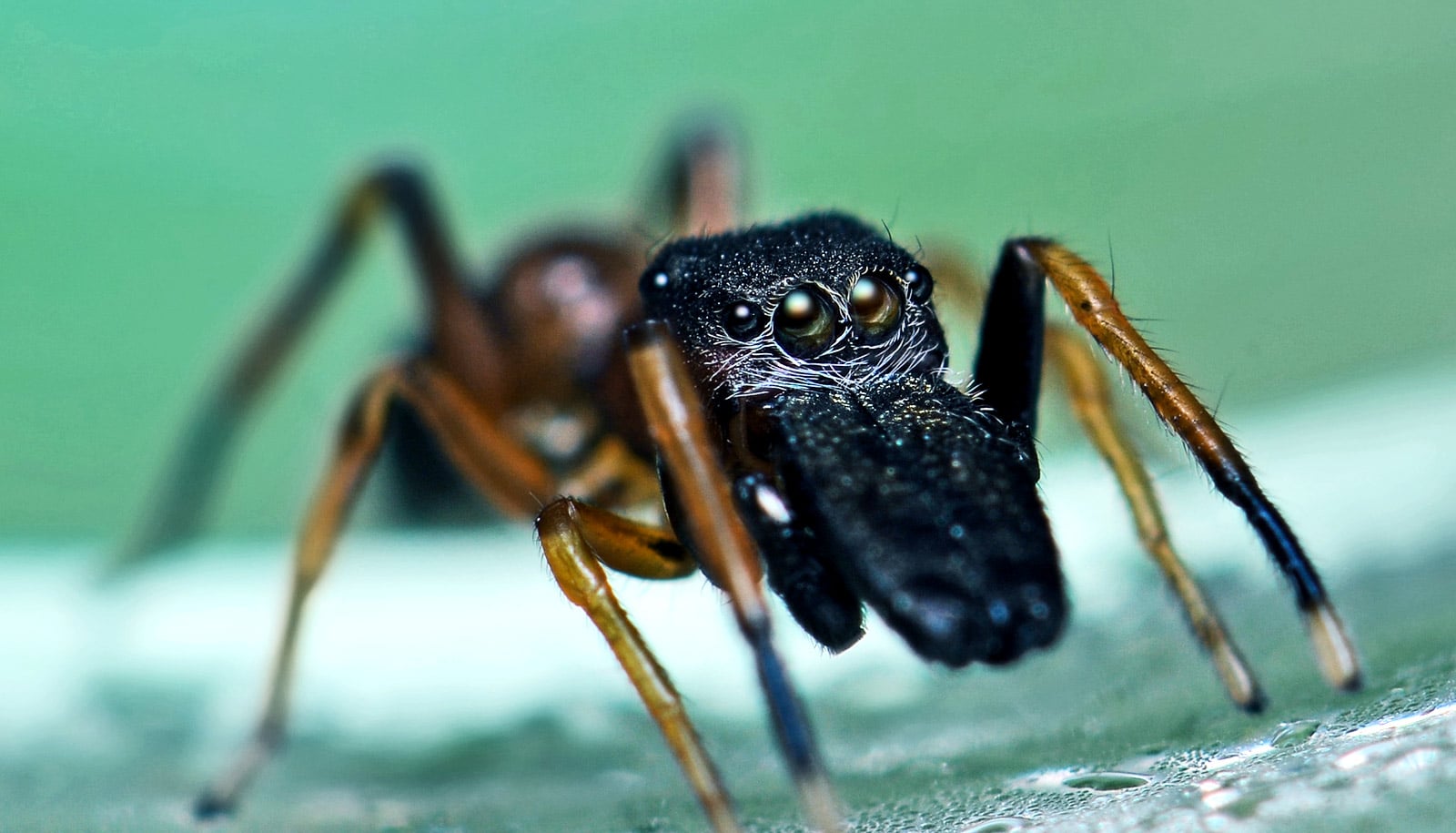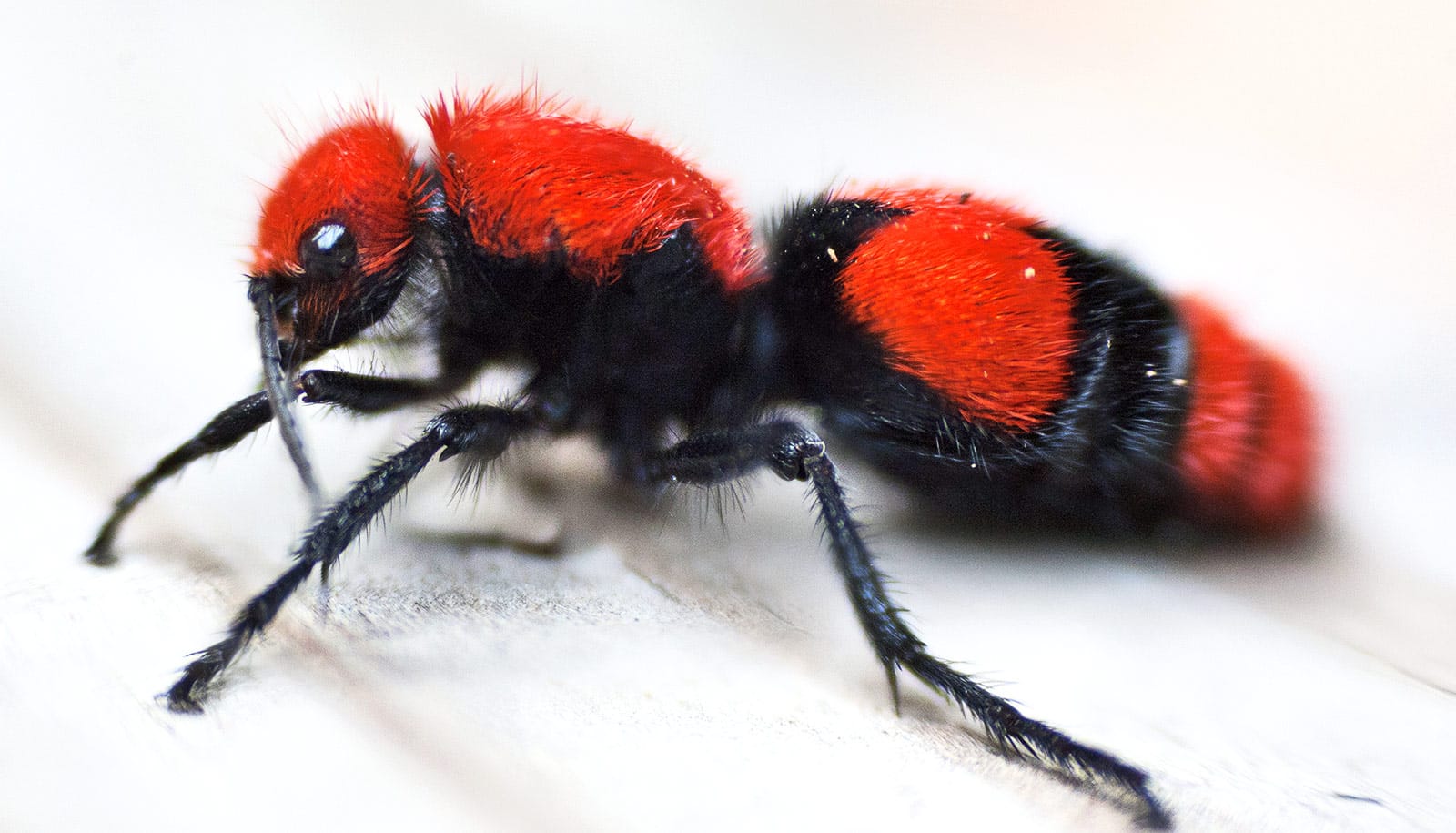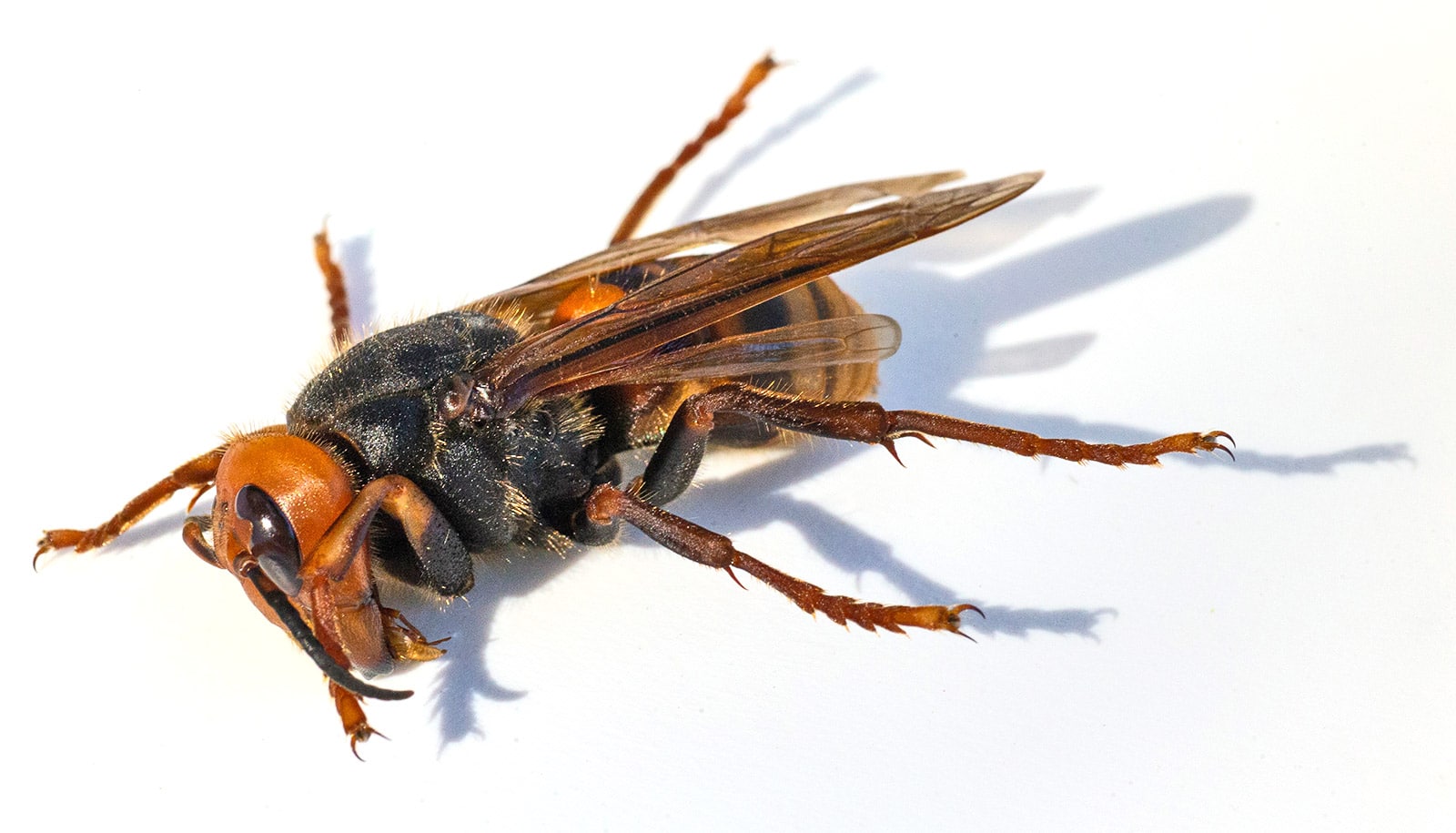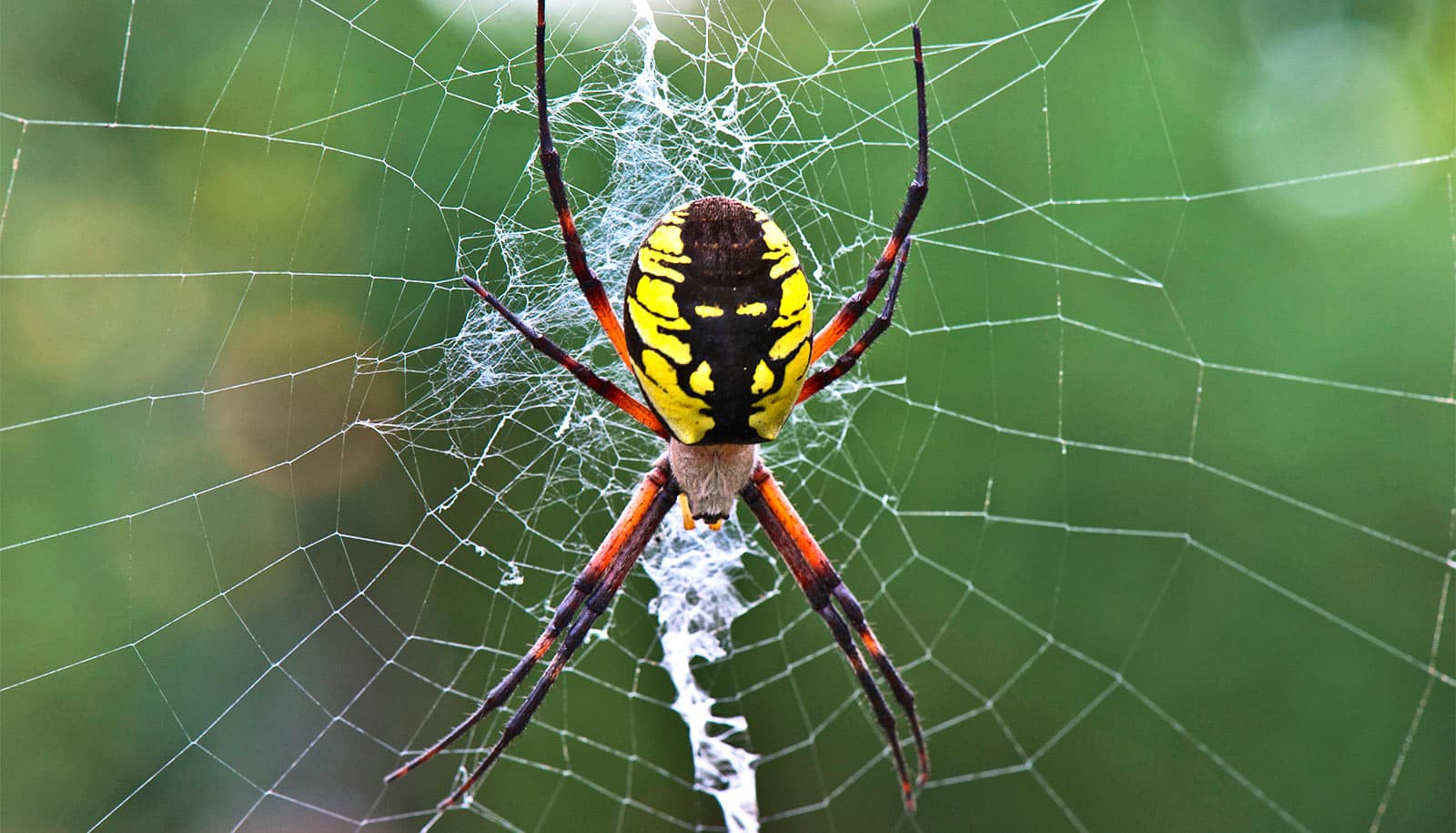To avoid being eaten, some jumping spiders pretend to be ants, new research suggests.
Ants are aggressive at defending themselves: They are well-armed with bites, stings, and formic acid. Ant-mimicking jumping spiders—Myrmarachne formicaria—in contrast, can’t do much more than run on their eight legs when attacked. Not surprisingly, insect predators tend to prefer spiders over ants, so appearing to be an ant confers significant protection.

Protective mimicry is a remarkable example of adaptive evolution: Moths can be colored like butterflies and grasshoppers may look like tiger beetles. While most mimicry studies focus on traits like color and shape, the researchers used multiple high-speed cameras and behavioral experiments to pinpoint how the spider’s movements mimic ants.
Ant-mimicking spiders walk using all eight legs but pause frequently to raise their forelegs to mimic ant antennae. When walking, they take winding trajectories of about five to 10 body lengths, which made them look like ants following pheromone trails.
While the researchers could see what the spiders were doing thanks to high-speed cameras, many potential predators have slower visual systems, so that to them the mimics appear to be moving just like an ant would.
This fish mimics the parents of its prey
The researchers note that the findings “highlight the importance of dynamic behaviors and observer perception in mimicry.”
The research appears in Proceedings of the Royal Society B. Additional researchers contributing to this work are from Cornell University and Hebrew University of Jerusalem.
Source: Cornell University



